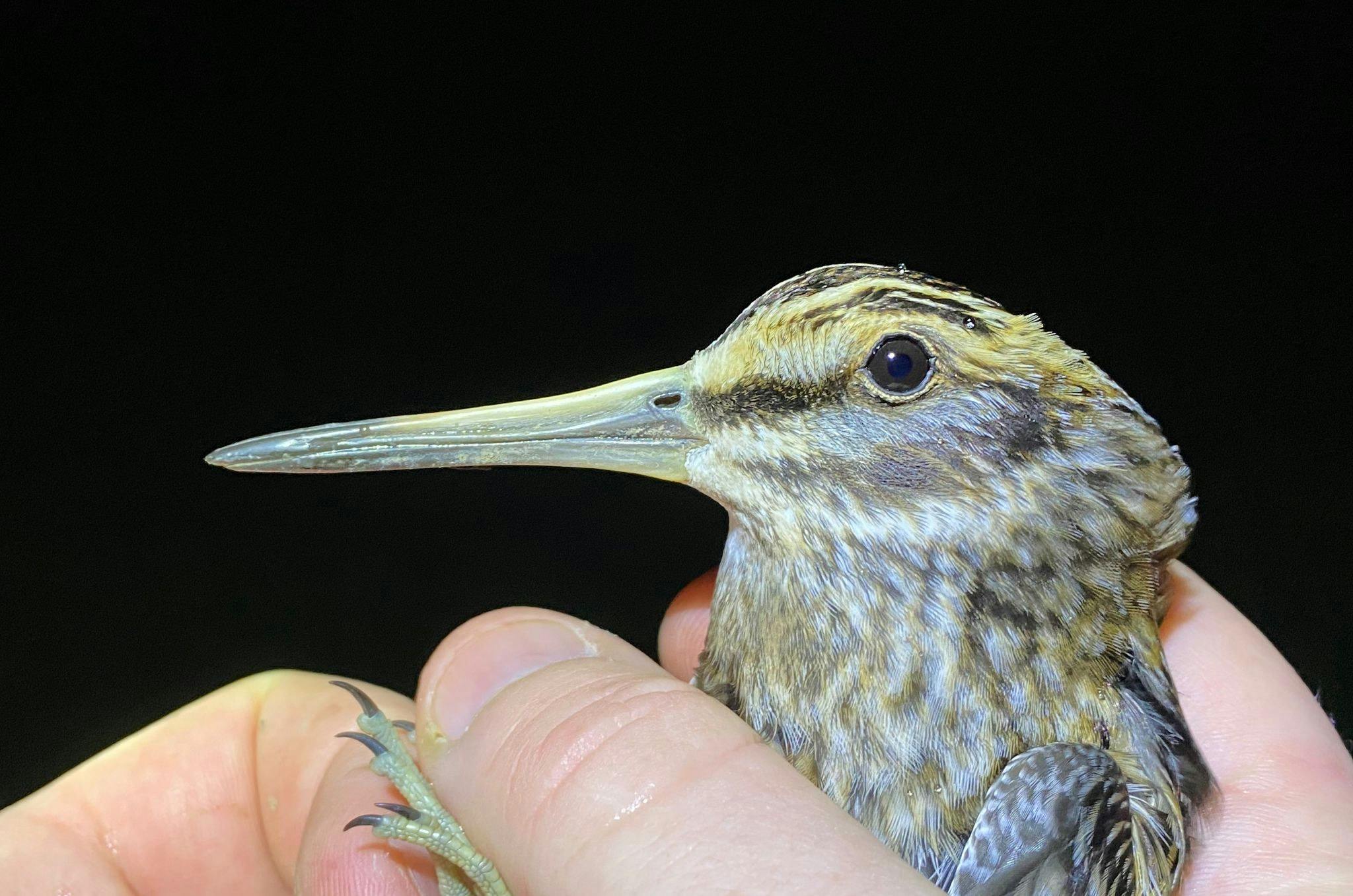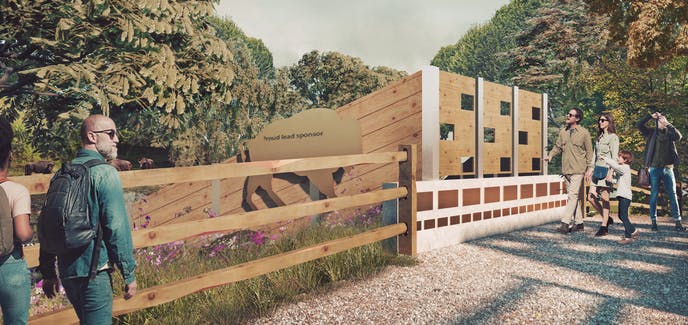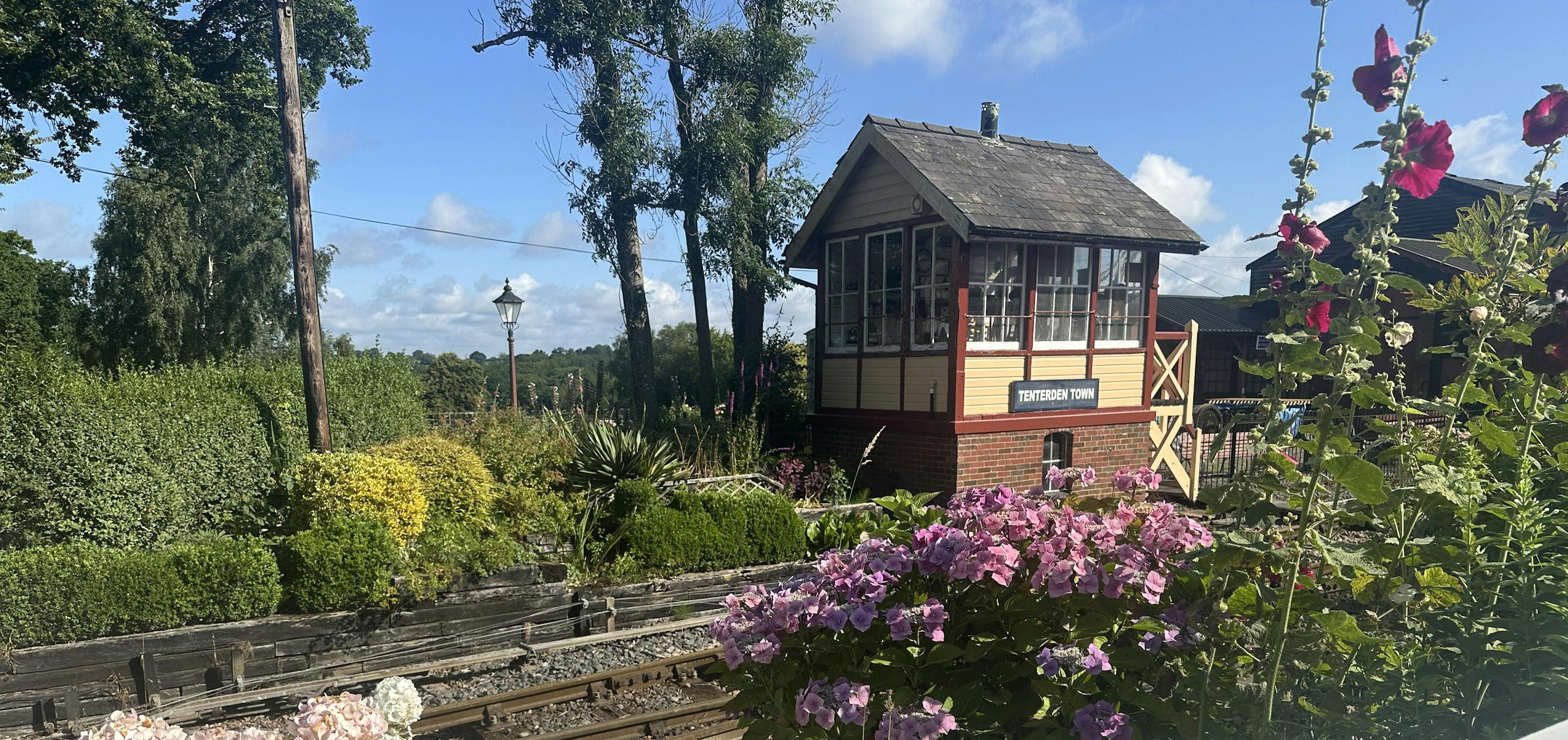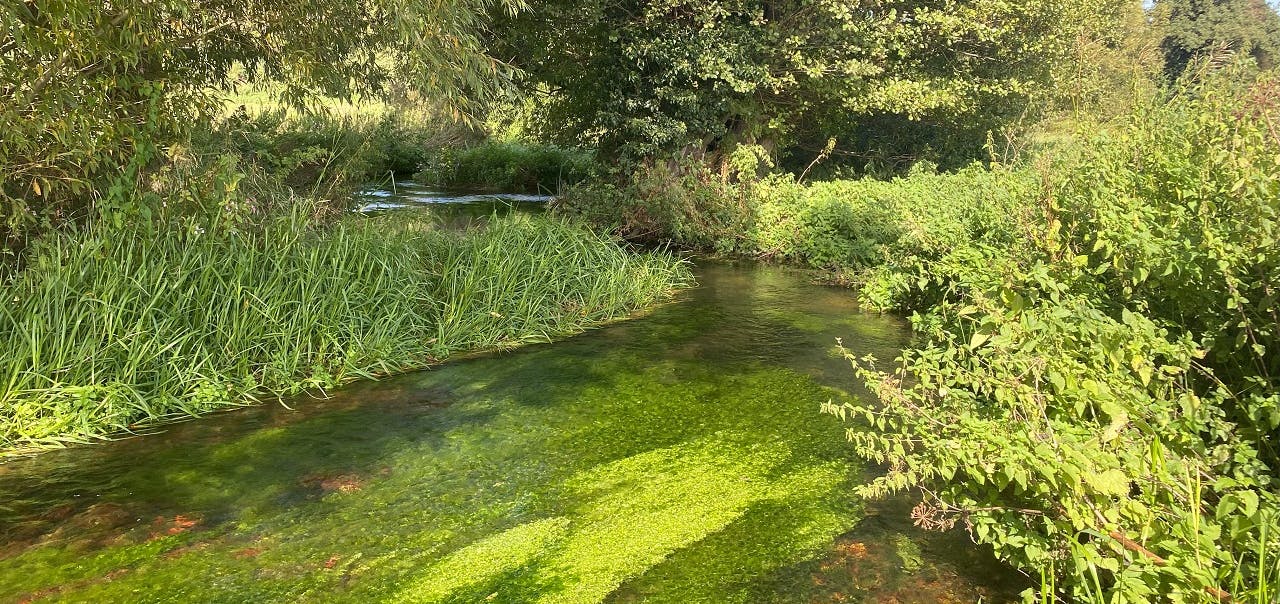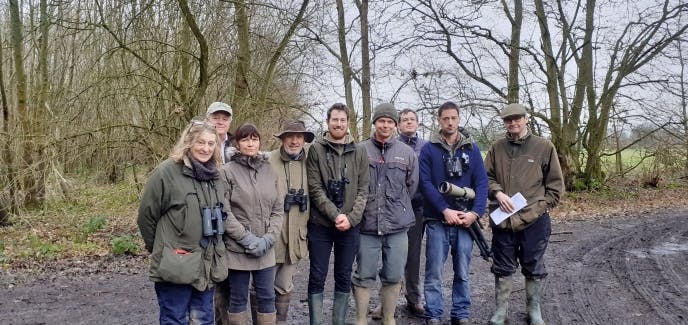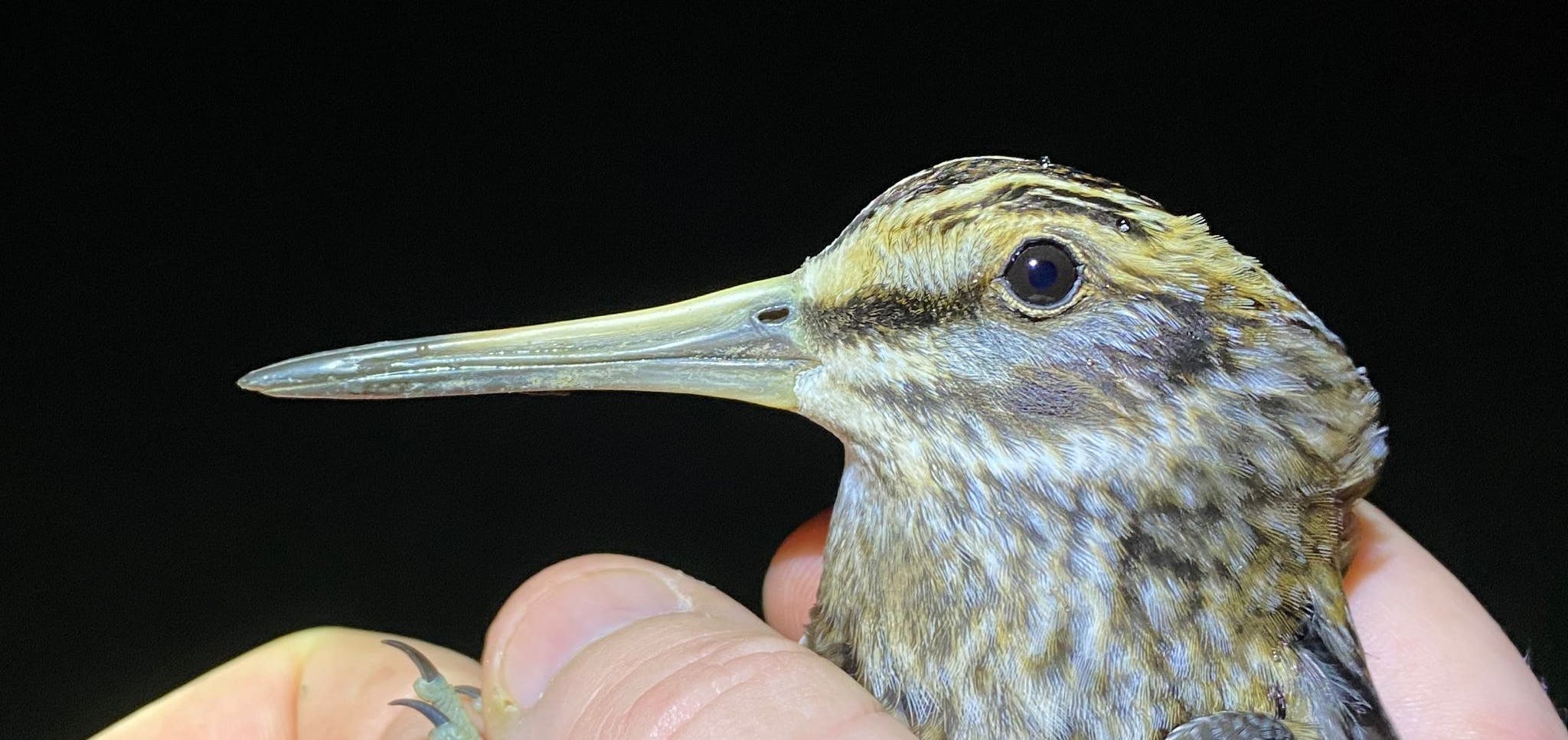
Use of nocturnal thermal imagery
We are working with several farmers in Kent to understand the use of their fields at night by birds and other wildlife. Traditionally most ecological surveys are undertaken during daylight but there is an increasing awareness of the need to survey sites and different habitats after dark too. We also use thermal imagery technology to assess the use of wetlands by wildfowl after dark.
The Brief
On farms, we have used the latest thermal imagery to survey fields for wildlife at night. This has enabled assessment for different species and comparison with surveys carried out at the same sites during the day. Results have revealed the regular presence of mammals, plus the importance of different field types for bird species such as Grey Partridge, Golden Plover, Lapwing, Snipe, Woodcock and Skylark.
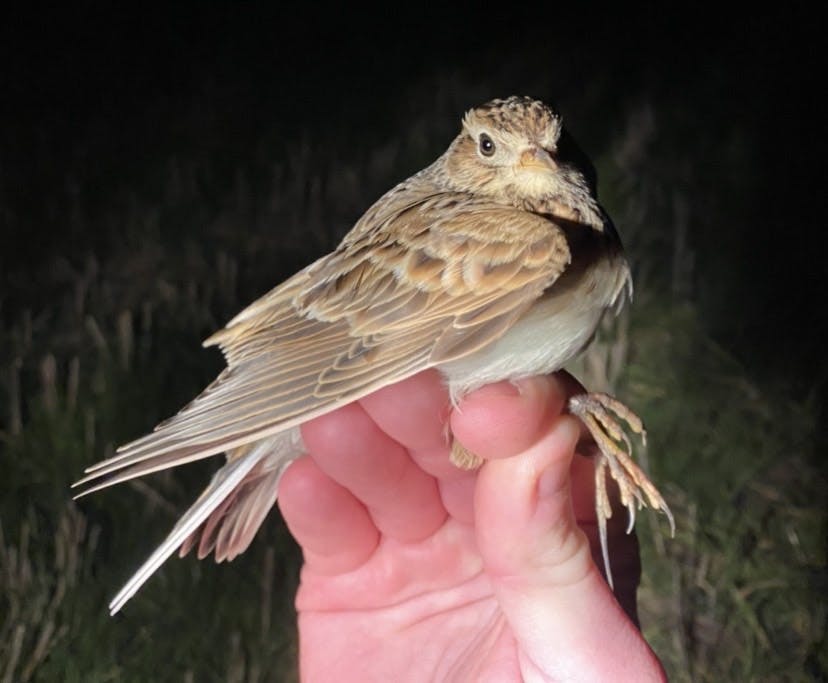
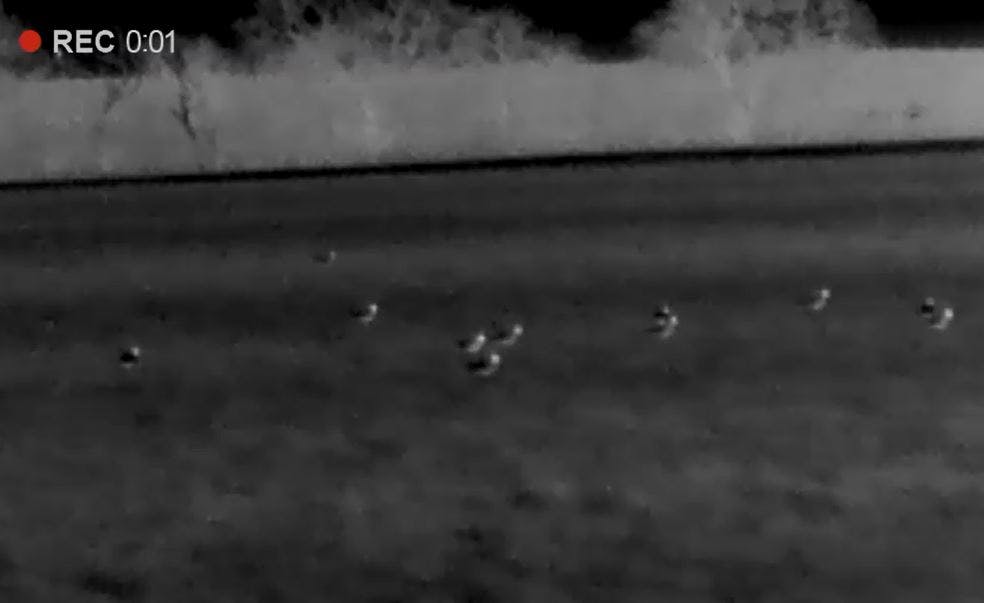
The Benefits
Information about the use of sites by wildlife after dark can have important implications for the resilience of adjacent protected areas such as SPAs and SSSIs. For example, waders such as Lapwing and Golden Plover are known to make use of farmland for foraging more at night. In addition, understanding the local distribution of mammals such as Water Vole can be used to help inform local conservation strategies to ensure habitat restoration is promoted in optimal areas.
Star Species
Results from thermal imagery on farms where we have surveyed so far have revealed the presence of mammals such as Water Vole, Hare and Badger, plus bird species such as Grey Partridge, Golden Plover, Lapwing, Snipe, Woodcock and Skylark.
Follow the journey
The use of thermal imagery also enables bird species to be caught and ringed under license, including a range of species that are usually difficult to catch and study. Examples include Woodcock, Snipe and Skylark. Thanks to the opportunities afforded by our thermal imagery work, we have been able to integrate bird ringing and associated research into projects on farmland.
